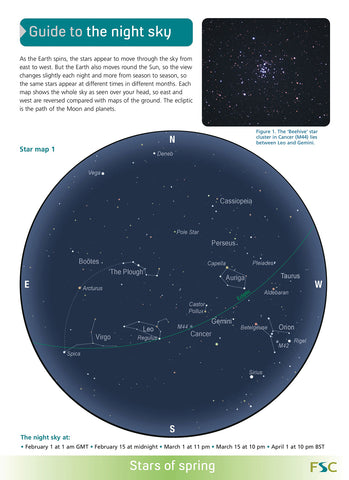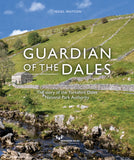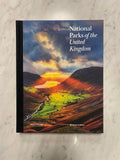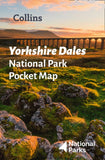
Guide to Night Sky- FSC
The FSC Night sky guide is a concise guide to the stars of spring, summer, autumn and winter.
This guide tells you how to find your way around the night sky, plus how to identify some of the planets, stars and constellations. Maps of the main features pick out the main constellations for each season. Accompanying text covers the Earth’s moon, planets of the Solar System, comets and the aurora. You don’t need a telescope to study the objects in the sky. Instead ordinary binoculars will show you a great deal. As well as using them to identify the planets, they will show you stars and other objects that are invisible to the naked eye.
The Moon always shows the same face towards the Earth. Over the ages the pull of the Earth’s gravity has slowed the Moon’s rotation so that it spins in the same time that it takes to orbit the Earth. Although the features remain the same the shape of the Moon changes from night to night as the Sun illuminates it from different angles. The Moon goes through its complete cycle of phases in 29 and a half days. New Moon is when the Moon lies between the Earth and the Sun, but we see it first as a thin crescent in the evening sky. It rises later each evening until Full Moon, which is two weeks after New Moon. After this it is best seen in the early morning sky.
The solar system comprises the Sun and its family of eight planets, plus numerous moons of the planets, minor and dwarf planets, and comets. Everything orbits the Sun, taking different times to do so.
The Night sky guide was produced in partnership with the Society for Popular Astronomy.
What about adding one of these?..





